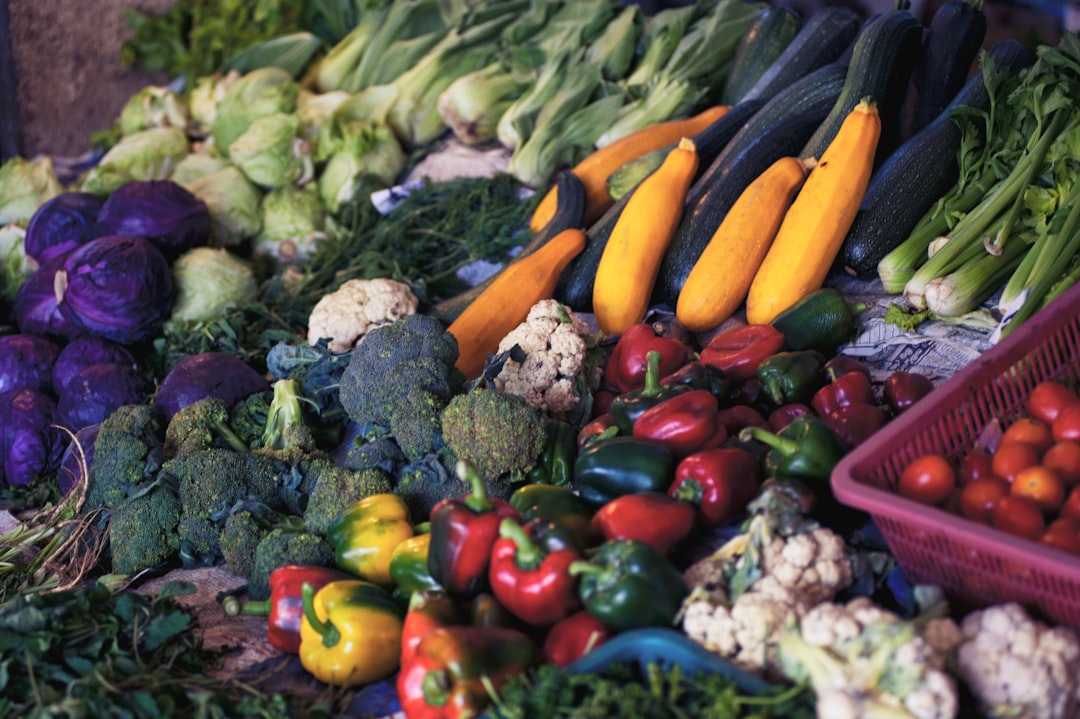Starting a vegetable garden doesn’t have to be expensive or complicated. In fact, with just a few essential tools, you can create a thriving garden and enjoy the satisfaction of growing your own food. Whether you’re planting in a backyard, on a balcony, or in a community garden, this guide focuses on affordable, beginner-friendly tools that will help you get started without breaking the bank.
1. Gardening Gloves: Protect Your Hands
A good pair of gardening gloves is a must-have for protecting your hands from thorns, splinters, and soil-borne bacteria. Look for gloves that are:
-
Durable but lightweight
-
Water-resistant
-
Snug-fitting for better grip
Affordable gardening gloves are widely available at hardware stores or online. For basic tasks like weeding and planting, you don’t need anything fancy.
2. Hand Trowel: Your Versatile Companion
A hand trowel is perfect for digging small holes, planting seeds or seedlings, and scooping soil or compost. When choosing a trowel, consider one with:
-
A sturdy metal blade (stainless steel is ideal)
-
A comfortable grip, especially if you’ll be using it frequently
A trowel is one of the most versatile tools, and you’ll find yourself reaching for it again and again.
3. Garden Fork or Cultivator: Loosen the Soil
To ensure your vegetables grow strong and healthy, the soil needs to be aerated and free of compacted clumps. A garden fork or hand cultivator can:
-
Loosen compacted soil
-
Mix in compost or fertilizer
-
Remove weeds with tough roots
For small gardens, a handheld cultivator will do the trick. For larger plots, consider a long-handled garden fork for more efficiency.
4. Watering Can or Hose: Keep Your Garden Hydrated
Water is essential for your plants, and how you deliver it matters. For small gardens or container plants, a watering can with a narrow spout is perfect for targeted watering without wasting water.
For larger gardens, a basic garden hose with an adjustable nozzle works well. If water conservation is a concern, consider adding a rain barrel to collect water for your garden.
5. Pruning Shears: Trim with Precision
Pruning shears (or hand pruners) are essential for cutting back overgrown plants, trimming stems, and harvesting vegetables like cucumbers, peppers, or zucchini. Look for shears that are:
-
Sharp and easy to use
-
Made from rust-resistant materials
This tool helps keep your plants healthy and your harvest clean and easy.
6. Garden Rake: Clean and Prep Your Garden Bed
A garden rake helps clear leaves, debris, and rocks from your garden bed. It’s also useful for leveling soil before planting. For smaller spaces, a hand rake might be sufficient, but for larger areas, a long-handled rake saves time and effort.
7. Seed Tray or Starter Pots: Begin Indoors
If you want to start seeds indoors or extend your growing season, seed trays or small starter pots are invaluable. You can use store-bought trays or get creative with items like egg cartons, yogurt cups, or paper pots. Just make sure they have drainage holes.
8. Compost Bin or Bucket: Recycle Kitchen Waste
A compost bin or simple bucket allows you to recycle kitchen scraps and garden waste into nutrient-rich compost. If you’re on a budget, you can make your own compost bin with a plastic container and a few drilled holes for ventilation.
9. Soil Test Kit: Know Your Soil
Healthy soil is the foundation of a successful vegetable garden. A basic soil test kit helps you check pH levels and nutrient content, so you can amend the soil if needed. Many affordable kits are available online or at garden centers.
10. Weeding Tool: Keep the Pests at Bay
Weeds compete with your vegetables for nutrients and water. A weeding tool or a simple hoe can help you remove them quickly and efficiently. Hand weeding is also an option, especially in small spaces.
Bonus: Gardening Notebook
While not a “tool” in the traditional sense, keeping a gardening notebook can be incredibly helpful. Use it to record planting dates, track growth, and note what works (and what doesn’t). This will help you improve your gardening skills year after year.
Final Thoughts
You don’t need a garage full of tools to start a vegetable garden—just a few essentials and a bit of enthusiasm. Many of these tools are multipurpose, affordable, and easy to find. As you gain experience, you might invest in more specialized equipment, but for now, these basics are all you need to get your garden growing.
Remember, gardening is about learning as you go. With these tools in hand and a little patience, you’ll soon enjoy the satisfaction of harvesting fresh vegetables straight from your garden.

Comments
No comments yet. Be the first to comment!
You must be logged in to comment. Login